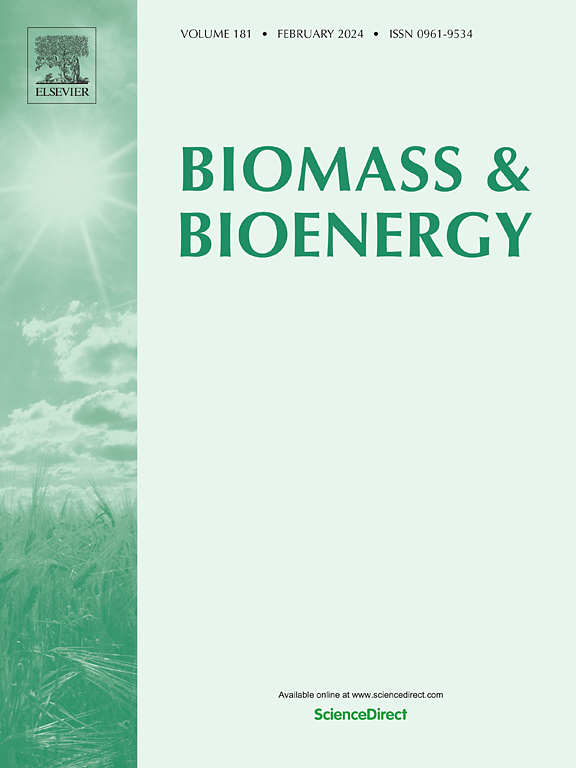Effect of particles size and density on the segregation of catalyst-sorbent mixtures for direct sorption-enhanced DME synthesis: Experimental and mathematical study
IF 5.8
2区 生物学
Q1 AGRICULTURAL ENGINEERING
引用次数: 0
Abstract
Direct sorption-enhanced dimethyl ether synthesis (SEDMES) is a promising process for the production of fuels from CO2 sources. Using novel technologies, the process can be run exploiting the phenomena of particles segregation in a fluidized bed reactor. However, the knowledge on the solid movement and the segregation patterns is a mandatory preliminary step for the setup of the final application. In this study, we evaluated the impact of particles size and density on the segregation patterns, and we used the Gibilaro and Rowe (GR) model to analytically represent the experimental results. It was observed that the variation of both parameters influences segregation, even though a higher separation degree in a wider operating velocity range was observed when a higher density ratio was induced between the two solids. Through the experimental analysis, five possible bed configurations were identified, and a consideration was made on the aims of the GR model to adjust the mathematical representation to the present case. By considering the bottom portion of the bed as a jetsam-rich phase and not – as previously reported – as a segregated layer, a mass balance on the catalyst allowed to obtain a faithful analytical representation of the experimental segregation patterns.
求助全文
约1分钟内获得全文
求助全文
来源期刊

Biomass & Bioenergy
工程技术-能源与燃料
CiteScore
11.50
自引率
3.30%
发文量
258
审稿时长
60 days
期刊介绍:
Biomass & Bioenergy is an international journal publishing original research papers and short communications, review articles and case studies on biological resources, chemical and biological processes, and biomass products for new renewable sources of energy and materials.
The scope of the journal extends to the environmental, management and economic aspects of biomass and bioenergy.
Key areas covered by the journal:
• Biomass: sources, energy crop production processes, genetic improvements, composition. Please note that research on these biomass subjects must be linked directly to bioenergy generation.
• Biological Residues: residues/rests from agricultural production, forestry and plantations (palm, sugar etc), processing industries, and municipal sources (MSW). Papers on the use of biomass residues through innovative processes/technological novelty and/or consideration of feedstock/system sustainability (or unsustainability) are welcomed. However waste treatment processes and pollution control or mitigation which are only tangentially related to bioenergy are not in the scope of the journal, as they are more suited to publications in the environmental arena. Papers that describe conventional waste streams (ie well described in existing literature) that do not empirically address ''new'' added value from the process are not suitable for submission to the journal.
• Bioenergy Processes: fermentations, thermochemical conversions, liquid and gaseous fuels, and petrochemical substitutes
• Bioenergy Utilization: direct combustion, gasification, electricity production, chemical processes, and by-product remediation
• Biomass and the Environment: carbon cycle, the net energy efficiency of bioenergy systems, assessment of sustainability, and biodiversity issues.
 求助内容:
求助内容: 应助结果提醒方式:
应助结果提醒方式:


